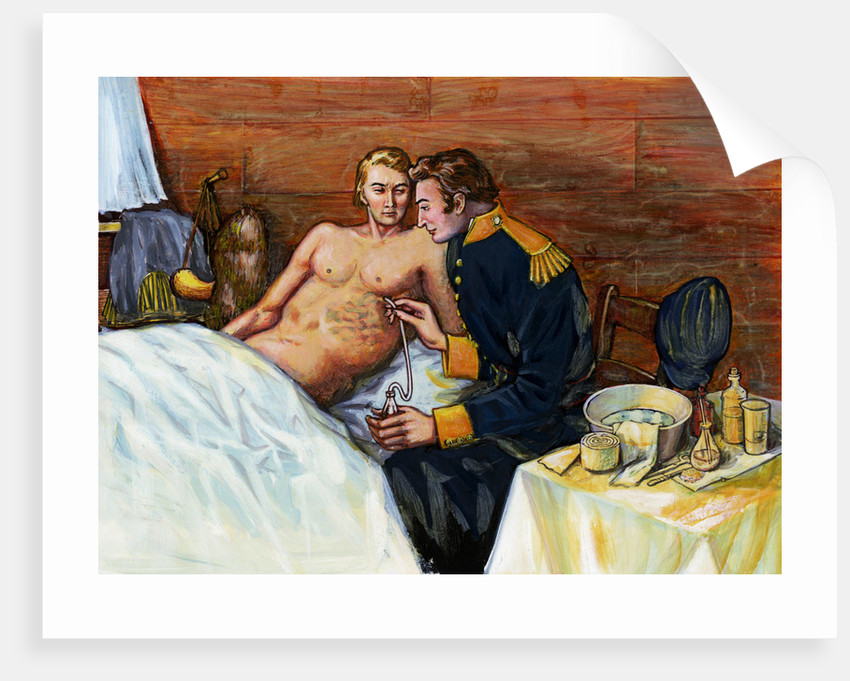Who is "us" and who is "them?"
What cohesive unit do we decide to represent? And can we look beyond our own politics to see the larger issues? Is this a problem to be solved, or a correction for earlier hubris? Better a member of a losing tribe in an eternal war, or forever locked into your caste in a peaceful world?
My oldest is 10, and our progressive public school has decided to start sex ed at this age. Unfortunately, the material is politicized, full of poor english ('they' when referring to an individual) and active declaration that gender and sex are separate entities, with explicit language to be used: "keep in mind, not all females identify as girls."
It is not science or health, it's politics. Even where I agree that all people, including transgender people, be treated with kindness and compassion, their beliefs do not need to be normalized, and should not be taught under a scientific rubric.
This is, to my mind, extremely unfortunate. We will be opting out.
...Sweden’s longest economic expansion in at least four decades has done little to win the government more support, polls show. Immigrants have played a large part in the boom, stepping in to fill a growing labor shortage. Foreign-born workers accounted for the entire job growth in the industrial sector last year and filled 90 percent of the new positions in welfare.
Sweden also typically does well in global surveys on life satisfaction and economic competitiveness. And it enjoys a healthy budget surplus...
Akesson has managed to entice voters from both sides of the political spectrum with a message of more welfare, lower taxes and savings based on immigration cuts.
Source.
--
In 1397, the Kalmar Union was formed, with the three Scandinavian countries under a single monarch. However, the union (1397–1523) was scarred by internal conflicts that culminated in the ‘Stockholm Bloodbath’ in 1520, when 80 Swedish nobles were executed at the instigation of the Danish union king, Kristian II. The act provoked a rebellion, which in 1521 led to the deposition of Kristian II and the seizure of power by a Swedish nobleman, Gustav Vasa, who was elected king of Sweden in 1523.
The Vasa period
The foundations of the Swedish state were laid during the reign of Gustav Vasa (1523–60). The church was nationalised, its estates confiscated by the crown, and the Protestant Reformation was introduced. Power was concentrated in the hands of the king and hereditary monarchy came into force in 1544.
Source.
What cohesive unit do we decide to represent? And can we look beyond our own politics to see the larger issues? Is this a problem to be solved, or a correction for earlier hubris? Better a member of a losing tribe in an eternal war, or forever locked into your caste in a peaceful world?
My oldest is 10, and our progressive public school has decided to start sex ed at this age. Unfortunately, the material is politicized, full of poor english ('they' when referring to an individual) and active declaration that gender and sex are separate entities, with explicit language to be used: "keep in mind, not all females identify as girls."
It is not science or health, it's politics. Even where I agree that all people, including transgender people, be treated with kindness and compassion, their beliefs do not need to be normalized, and should not be taught under a scientific rubric.
This is, to my mind, extremely unfortunate. We will be opting out.
...Sweden’s longest economic expansion in at least four decades has done little to win the government more support, polls show. Immigrants have played a large part in the boom, stepping in to fill a growing labor shortage. Foreign-born workers accounted for the entire job growth in the industrial sector last year and filled 90 percent of the new positions in welfare.
Sweden also typically does well in global surveys on life satisfaction and economic competitiveness. And it enjoys a healthy budget surplus...
Akesson has managed to entice voters from both sides of the political spectrum with a message of more welfare, lower taxes and savings based on immigration cuts.
Source.
--
In 1397, the Kalmar Union was formed, with the three Scandinavian countries under a single monarch. However, the union (1397–1523) was scarred by internal conflicts that culminated in the ‘Stockholm Bloodbath’ in 1520, when 80 Swedish nobles were executed at the instigation of the Danish union king, Kristian II. The act provoked a rebellion, which in 1521 led to the deposition of Kristian II and the seizure of power by a Swedish nobleman, Gustav Vasa, who was elected king of Sweden in 1523.
The Vasa period
The foundations of the Swedish state were laid during the reign of Gustav Vasa (1523–60). The church was nationalised, its estates confiscated by the crown, and the Protestant Reformation was introduced. Power was concentrated in the hands of the king and hereditary monarchy came into force in 1544.
Source.

